By Louise Irvine
All dressed up and nowhere to go? Then make a date with WMODA! We are thrilled to display fashionable gowns that reflect the different eras of our collection. In our Art Deco gallery, we now have a Trigère dress on loan from Lisa Dodge and our Art of Tea exhibit features tea gowns from the early 1900s courtesy of the Spellens family.
Glamorous Gowns
Thanks to Ken Evans, one of the WMODA board members, Lisa Dodge has found a new home for her dazzling evening gown designed by Pauline Trigère (1908-2002). The couturier’s name became synonymous with American glamour following the launch of her first collection in New York in 1942. Trigère grew up in the Paris fashion business where her father was a tailor and her mother was a seamstress. She often helped her mother to alter clothes and designed her first dress in her teens. She became an apprentice cutter after graduating from college and honed her expertise in cutting and draping fabrics directly on models or mannequins. In 1936, she decided to leave Europe with her young family because of the Nazi threat and settled in Manhattan.
Economic necessity drove Trigère to start her own fashion label, assisted by her brother Robert who traveled around the country by Greyhound Bus showcasing her first collection to luxury retailers. The success of her designs led to a Coty Fashion Critic’s Award in 1949, popularly known as “fashion’s Oscars” because of the glitzy gala award ceremonies. Trigère soon expanded from custom dresses and suits into women’s ready-to-wear and accessories, including the first rhinestone bra in 1967. She was renowned for the unique accents that she added to her dresses, capes, and coats, including fur trims and jewels.
Trigere’s evening gowns with their exquisite draping, tailoring, and sophisticated bias cuts were worn by many famous women, including Wallis Simpson, Bette Davis, Grace Kelly, Elizabeth Taylor, and Jacqueline Kennedy Onassis. Even displayed on a mannequin, our stunning Trigère gown is captivating visitors in the Art Deco Gallery at WMODA.
“Fashion is what people tell you to wear, style is what comes from your own inner thing.” Pauline Trigère
Afternoon Tea
The popularity of afternoon tea in the Victorian era led to a new style of gown, which was less formal than dinner attire. By the 1870s, women of leisure adopted loose, comfortable dresses made of lighter, diaphanous fabrics for entertaining guests in their homes. Somewhere between a flowing wrap and a ball gown, the new relaxed style could be worn without a waist-scrunching corset and ladies could dress without the assistance of a maid for their afternoon engagements. Tea gowns typically had high necks with long, flowing sleeves while evening gowns had low décolleté necklines, sometimes off the shoulder.
Tea gowns reflected a luxurious lifestyle but initially, they were not considered respectable for wearing outdoors in public. By the early 1900s, elegant hostesses could wear a short-sleeved tea gown at their own dinner party. Gradually the hemline rose during the Edwardian era and materials such as organdy cotton with embroidered details became popular. We showcase several beautiful tea dresses from this period in the Art of Tea exhibition, courtesy of the Spellens family.
Tea dresses were still popular in the roaring twenties for daytime events. Beaded Flapper dresses were fashionable for evening wear but chiffon and lace were more popular for semi-formal dinners and garden parties. See the charming floral print dress on display at WMODA, which was perfect for tea on the lawn on a summer day.
We are very grateful to Jeff and Penny Spellens for lending their fabulous collection of dresses to enhance WMODA. The Spellens are also huge fans of Goldscheider porcelain figures and some of their treasures are on display in the Carnival & Cabaret exhibition.
Read more...
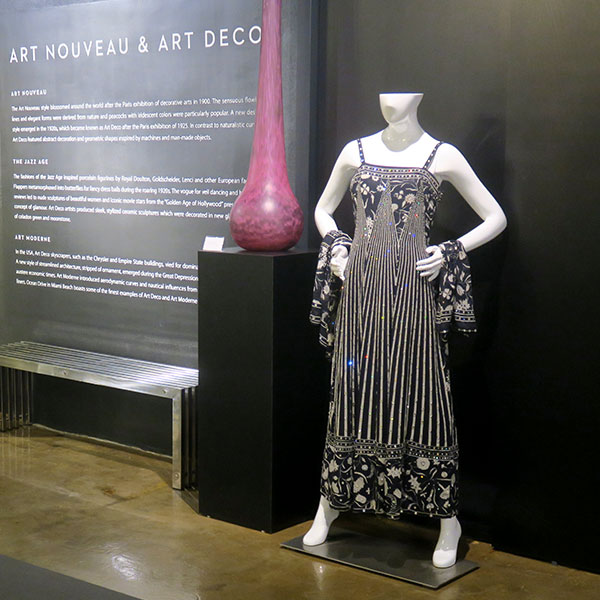
Trigère dress on loan from Lisa Dodge
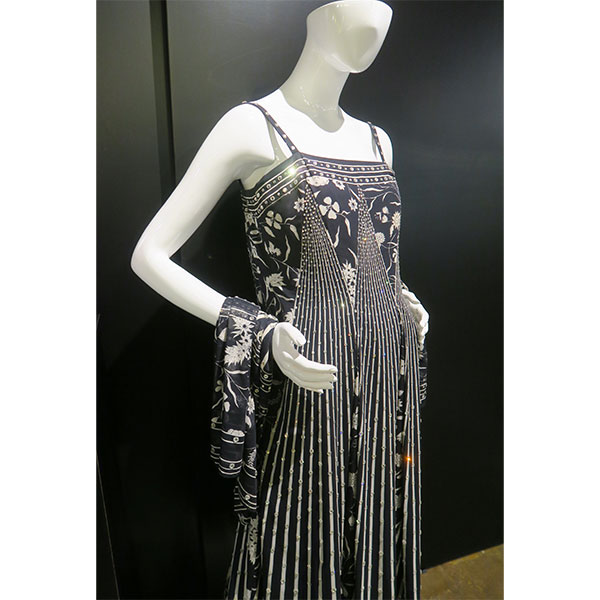
Trigère dress
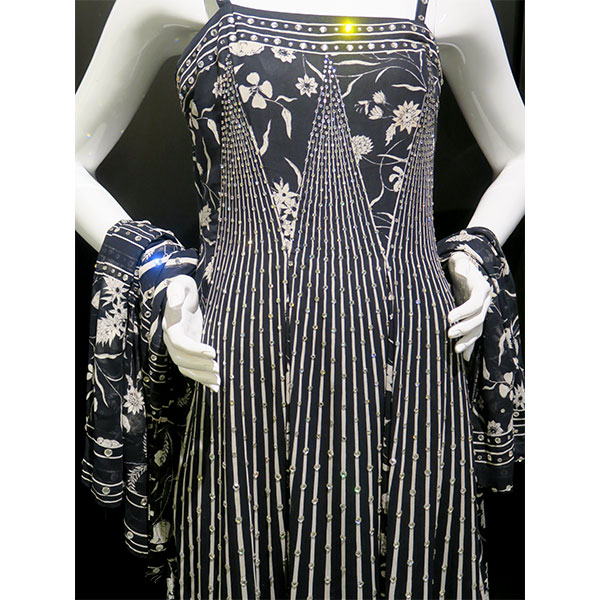
Trigère dress
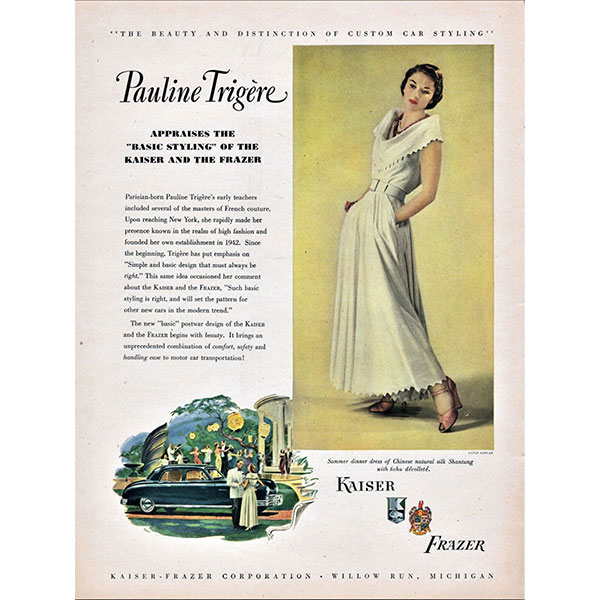
1948 Trigère Advertisement
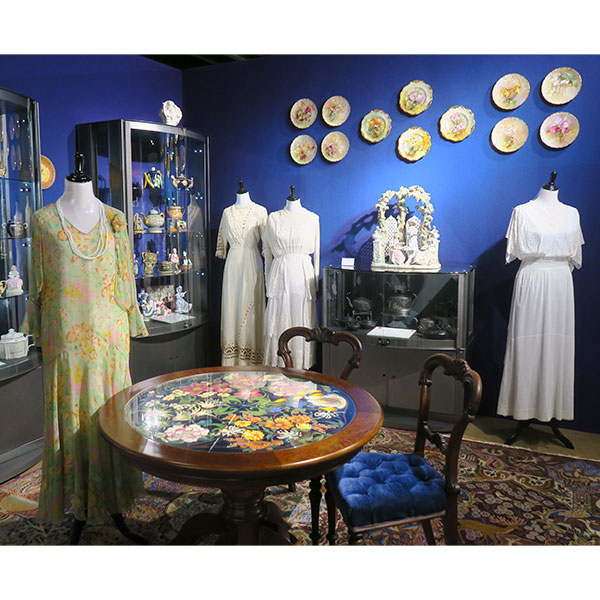
Day Dresses @ WMODA
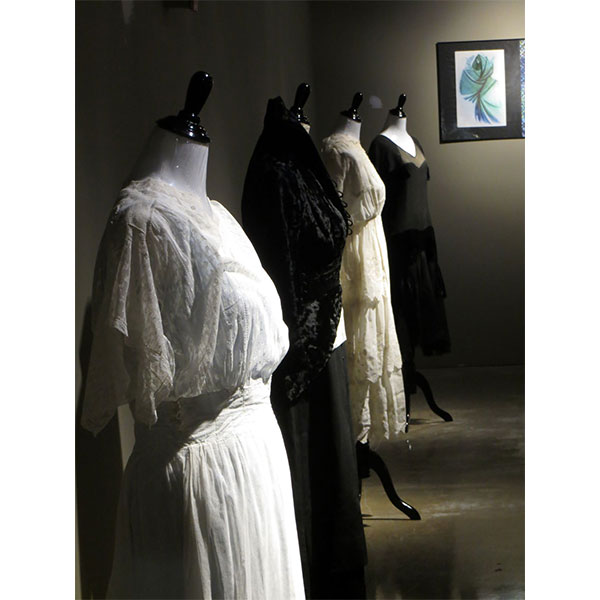
Dresses on loan from Jeff and Penny Spellens
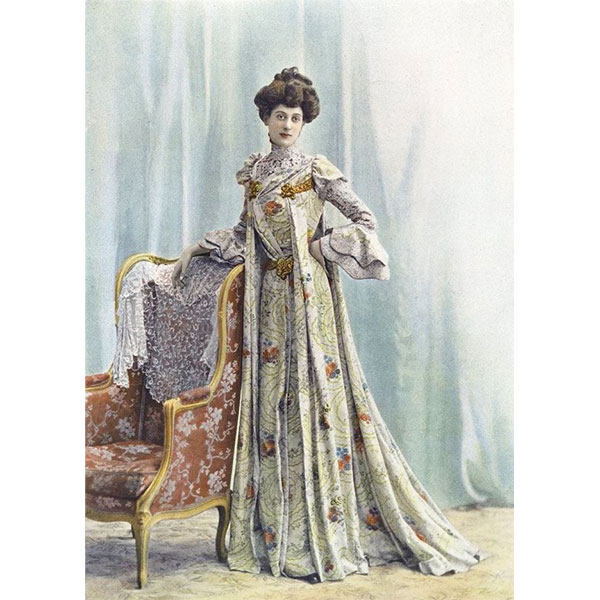
Paris Tea Gown
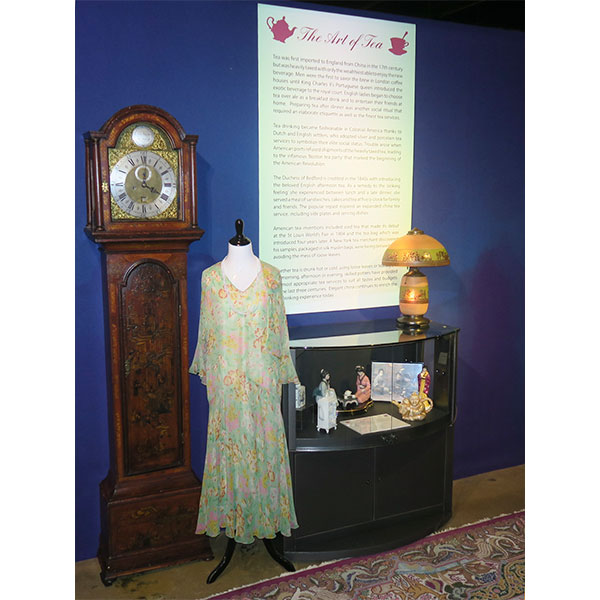
Time for Tea @ WMODA
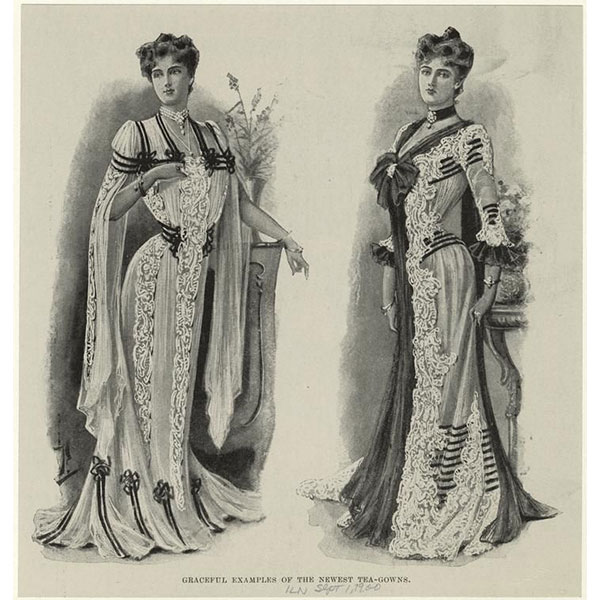
Tea Gowns
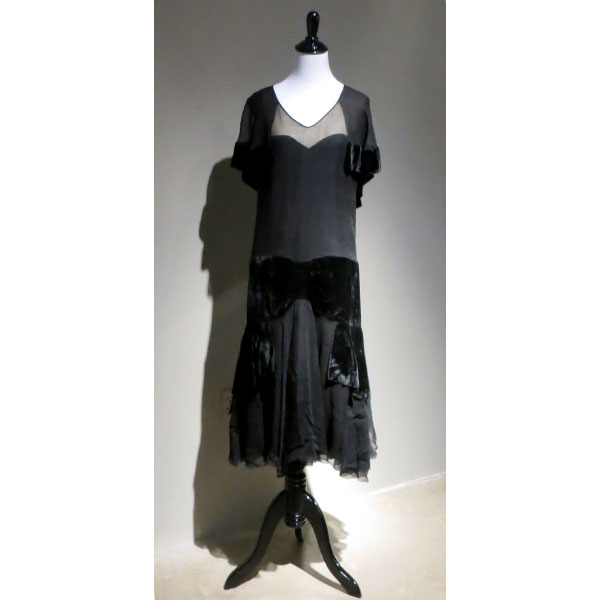
1920s Dress
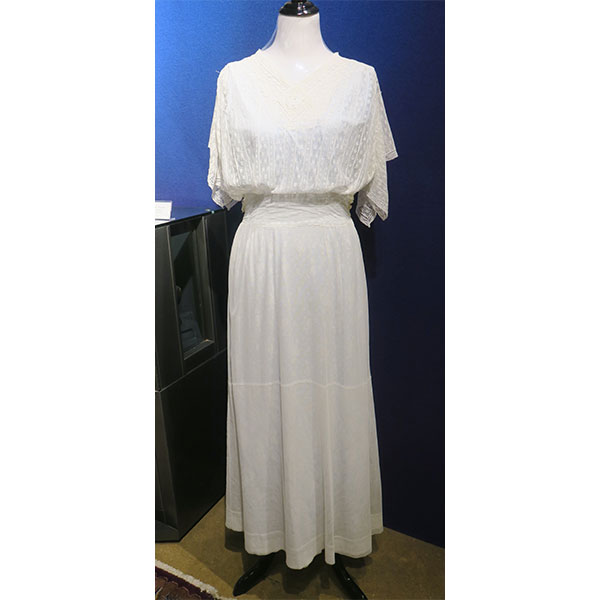
Afternoon Tea Dress
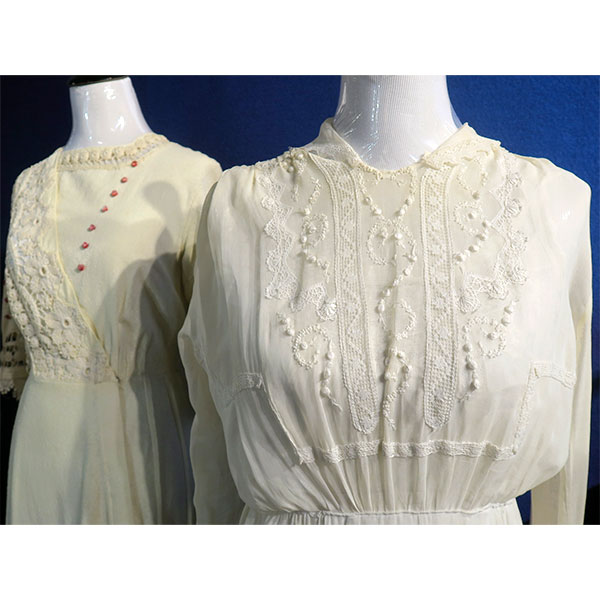
Tea Dresses
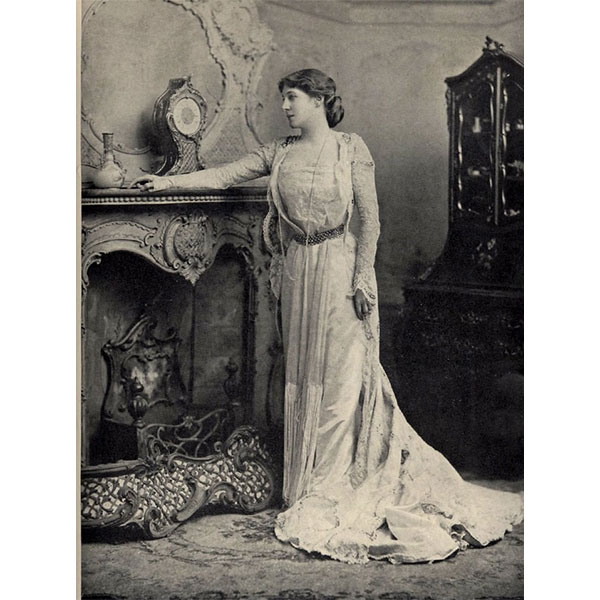
Lily Langtry in a Tea Gown
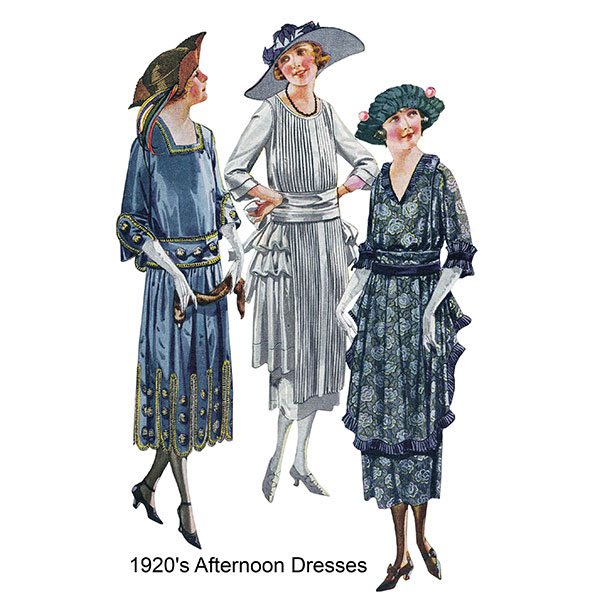
Afternoon Tea Dresses
